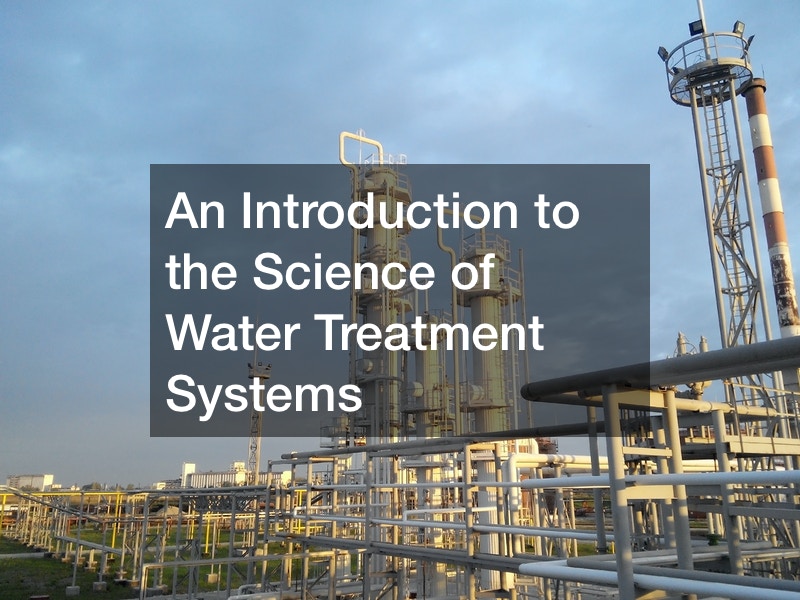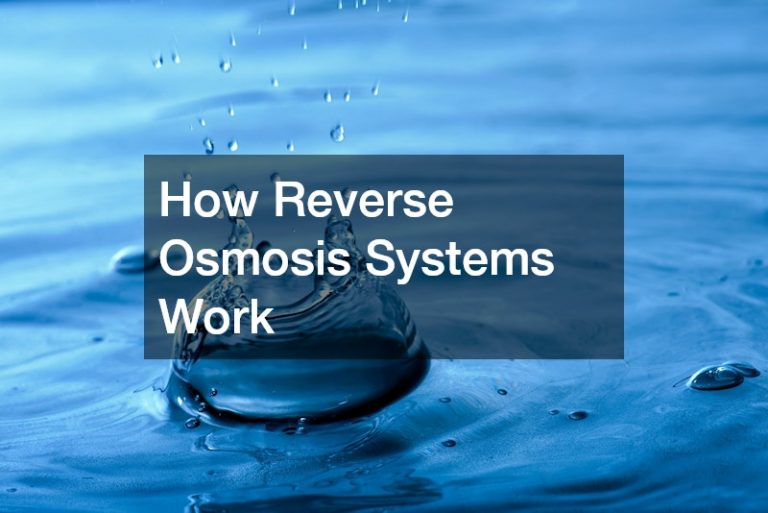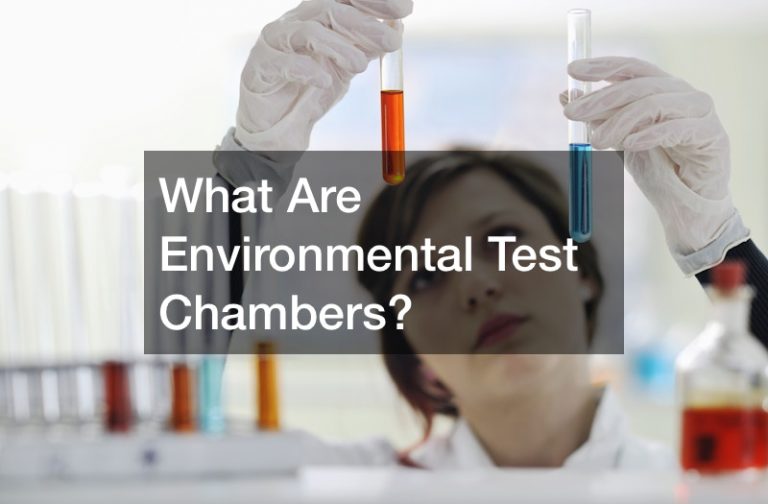

The water you are quenching thirst with goes through a thorough water treatment process of removing bacteria, viruses, micro pollutants and other harmful particles, which ensures it is safe for consumption. The process begins at the pumping station where huge pumps draw water from reservoirs, rivers, lakes, wells or underground aquifers. Water travels from the pumping station to the treatment plant by pipeline.
Water treatment systems use three main process to make it appropriate for specific end-use.
1. Screening The first step in the treatment process is to remove sediments and particles from the water using coagulants. These are chemicals that act as magnets causing particles in water to stick together, forming something called flock.
2. Clarification Two primary methods for separating and removing flock from water are applied: One sink flocks to the tanks’ bottom. The alternative method is to introduce air into water and flock, causing residue particles to come to the top.
3. FiltrationOnce flock is removed, water is pushed through a layer of sand, stone gravel and activated carbon. Suspended impurities gets stuck in these spaces and the water coming out will be clear.
4. Disinfection Water treatment systems uses chlorine and ozone to disinfect ad keep water of microorganism. Ozone is supercharged oxygen bubbles that scrub and disinfect viruses’, germs, and fungi.
Thousands of tests are done on drinking water by certified operators and water quality specialists to ensure compliance with health and safety standards.
.





